Indian Glass Beads: Archaeology to Ethnography
Indian Glass Beads: Archaeology to Ethnography lists all archaeological, historical and medieval findings of glass beads in India and map them to different cultural periods. It demonstrates how such a micro study can help in the better understanding of Indian history and logically places this study in the broader context of study of humanity’s past. The book details of the glass bead production technology, surviving traditional bead producing centers and the major users of the same. The field are taken was very broad with traditional producers studied in Andhra Pradesh and Uttar Pradesh as well as traditional users studied living in Odisha and Nagaland (for details see the content and the book).
It concludes "Given that glass beads constitute and important antiquity, with a high survival rate, and a size and usage pattern that ensures wide dispersal, it is important to correlate archaeological evidence with current knowledge of production processes involved in bead production. In doing so we begin to understand how the whole lifecycle of bead, from the first stages of production to the various end-users, traverses a spatially wide area, with possibility of ‘debitage-like’ deposits accumulating at various stages. However, while the beads, once produced, tend to ‘travel’ to distant places, their production requires a complex web of processes, techniques and skills which are likely to be available at only limited number of locations. Thus the dispersal is of the artifact, not of the whole web of production processes, implying that care has to be exercised before any site with bead debitage can be considered a bead production centre."
Contents: I. A Study of Glass and Beads: 1.Introduction. 2. Glass. 3. History of glass. 4. Composition of glass. 5. Development of glass in India. 6. Karakambadi. 7. Present day production of glass. 8. Shaping and finishing of glass. 9. Firozabad: the glass capital of India. 10. Beads. II. Glass and glass beads in India: 11. Ancient glass and glass beads in India. 12. Glass beads and glass findings from Indian Archaeology. 13. Discussion. III. Glass beads production: 14. Introduction. 15. Winding technique. 16. Purdalpur: the centre of furnace wound beads. 17. Varanasi: the lamp winding bead complex. 18. Drawing method. 19. Papanaidupet: the Indo-Pacific bead production centre. 20. First firing. 21. Second firing. 22. Stringing the beads. 23. Other beads. IV. Users of glass beads: 24. Introduction. 25. Beads among the Bondo. 26. Beads among the Juang. 27. Glass beads among the Nagas. V. Conclusion: 28. Discussion. 29. Ethnoarchaeology. References. Colour Plates. Index.
Get it now and save 10%
BECOME A MEMBER

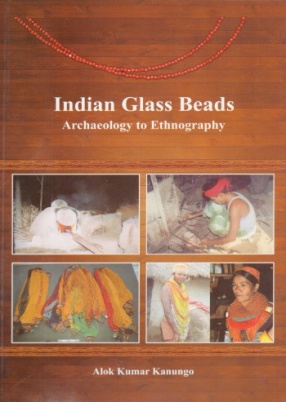
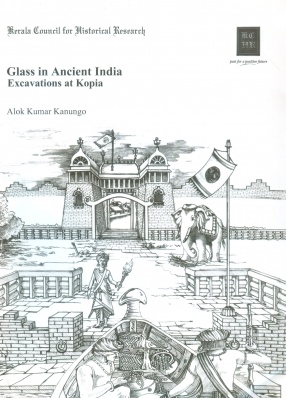
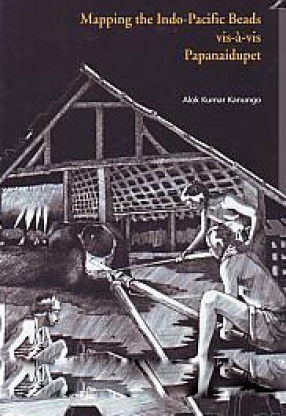
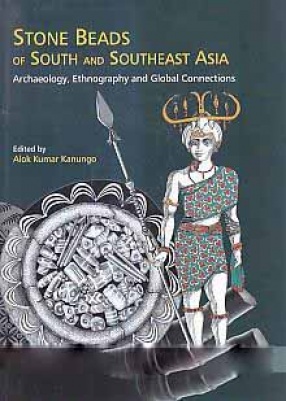
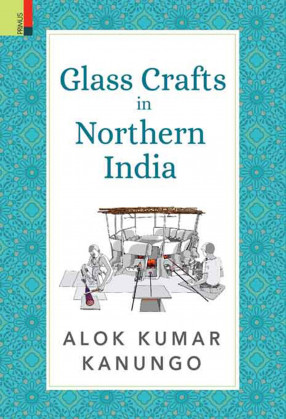
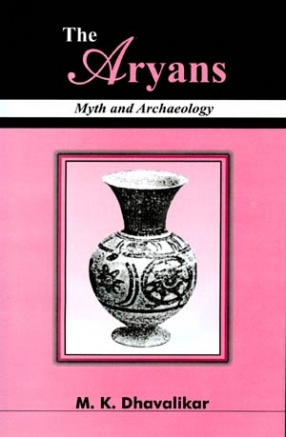
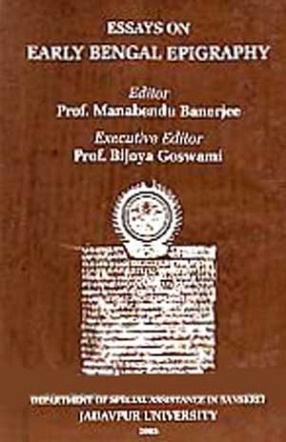
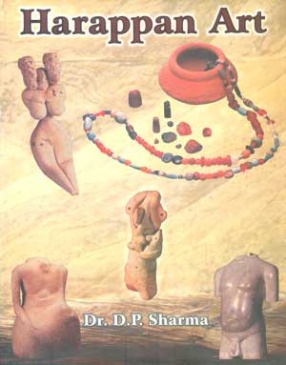
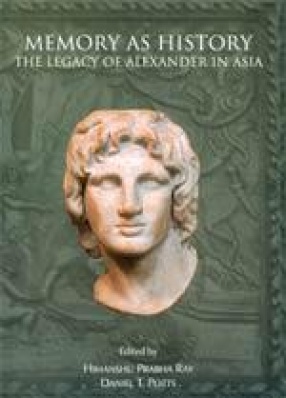

Bibliographic information